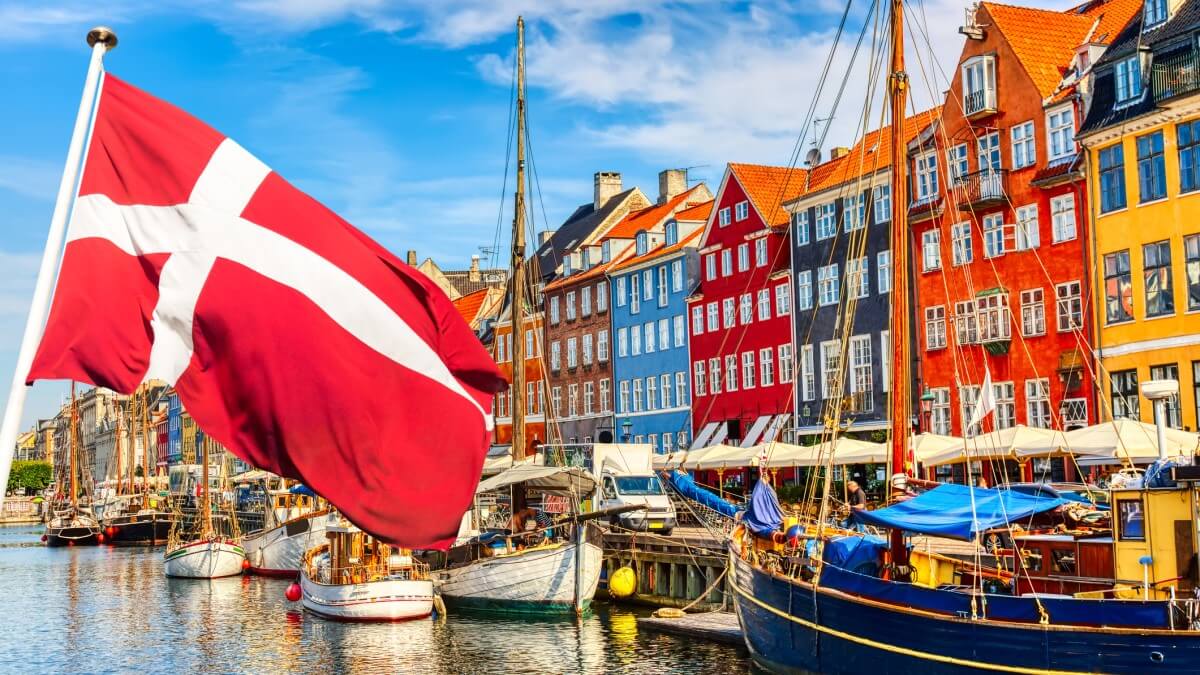Denmark’s Gaming Industry Shows Continuing Signs of Improvement in Q2
Posted on: September 14, 2022, 07:46h.
Last updated on: September 16, 2022, 04:52h.
The Danish gaming industry has been productive this year, with April recording revenue of around DKK609 million (US$85.3 million). That was the highest single month mark of 2022, and also a hint at what was to come for the rest of the quarter.

By the time Q2 closed, gambling revenue increased by 7.4% compared to Q2 of last year, reaching DKK1.69 billion (US$230.6 million). This resulted from improved performances at the country’s land-based venues, as online gambling took a hit.
The results show considerable growth but also have to be taken into context. A year ago, Denmark’s casinos closed for part of Q2. As a result, the figure would logically be greater with a full quarter of gambling available.
Denmark’s gaming regulator, Spillemyndigheden, reported that the land-based casino segment saw a year-on-year improvement of 163.4%. The total was DKK97 million (US$13.03 million), with the separate slot market adding DKK319 million (US$42.9 million) or 95.4%. Denmark allows slots in casinos, as well as arcades and restaurants.
Triple-Digit Growth
Figures show that sports betting revenue dropped in Q2, losing 14.1% compared to last year. The total was DKK565 million (US$75.99 million). But the start of the sports season, including NFL and soccer, should see the figure rebound. Comparatively, the quarter’s sports betting revenue was only slightly more than Denmark’s saw in April. That month, the figure was DKK222 million (US$29.86 million).
Online gambling remained the moneymaker for Denmark, although it dropped slightly. The Q2 revenue for the segment was DKK708 million (US$95.22 million), a 1% year-on-year dip.
The performance for the quarter follows a successful Q1. Earlier this year, Spillemyndigheden stated that the gaming revenue for the period was DKK1.57 billion (US$211.16 million).
The return of land-based gambling options also drove this improvement. If the trend continues, the third quarter will be even better than the previous two.
Voluntary Excluded Players Glitch
The regulator pointed out that its Register of Voluntarily Excluded Players (ROFUS, for its Danish acronym) now holds around 33,648 names. That’s about 3,000 more than it had at the beginning of the year.
However, ROFUS suffered a technical glitch recently that might skew the numbers. Spillemyndigheden reported last month that an error led to the disappearance of names from the list and incorrect data being displayed. The issue reportedly affected around 1,300 names.
Denmark is making it more difficult for sports bettors to place wagers. New rules, such as having to show an ID, will ensure greater oversight of the segment. It’s unlikely that this will impact revenue.
Legislation View Sports Ads Restrictions Proposal
Tax Minister Jeppe Bruus wants to ban actors and athletes in gaming ads in the country. He asserts that the well-known faces are common for gambling promotion but says they present the wrong image.
The proposal will appear in a legislative session today. There is also a measure to ban gambling ads during sporting events and for 15 minutes before and after an event.
It’s a switch from where the country was two years ago. In 2020, then-Tax Minister Morten Bødskov stated that a complete ban on advertising would make it more difficult to help gambling addicts. He asserted that they would start using black market platforms, which regulators can’t control.
According to a Ministry of Health and the Elderly report, approximately 10K Danes suffer from gambling addiction. Most are young men who bet on sports.
A calculation from Kantar Gallup Adfacts showed that the number of betting ads on TV and radio has almost quadrupled since 2014. Despite a decrease in gambling activity during COVID-19 in 2020, an average of 1,187 advertisements appeared daily.
Related News Articles
Latin American Gaming Proves Massively Successful for Betsson
Kindred To Begin Share Buyback Following Revenue Slump
UK Legal Gambling Revenue Dropped 14 Percent In June
Most Popular
Las Vegas Overstated F1 Race’s Vegas Impact — Report
LOST VEGAS: ‘Tony The Ant’ Spilotro’s Circus Circus Gift Shop
Mega Millions Reportedly Mulling Substantial Ticket Price Increase
Las Vegas Strip Stabbing Near The Strat Leaves One Man Dead
Most Commented
-
End of the Line for Las Vegas Monorail
— April 5, 2024 — 90 Comments -
Mega Millions Reportedly Mulling Substantial Ticket Price Increase
— April 16, 2024 — 6 Comments -
Long Island Casino Opponents Love New York Licensing Delays
— March 27, 2024 — 5 Comments
















No comments yet